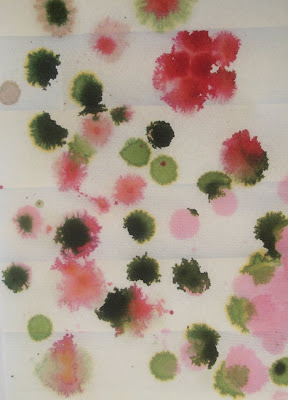
Rabat Plain artwork - 220cm
 Rabat Plain Rug - 170cm x 244cm
Rabat Plain Rug - 170cm x 244cm
Star Tile artwork - 70cm x 300cm
 Star Tile Rug - 170cm x 244cm
Star Tile Rug - 170cm x 244cmWe recently uploaded the latest version of our rug designing program from Nepal, which makes it much easier to create custom sized rugs.
The artwork above illustrates how great Rabat Plain and Star Tile look in custom sizes. The complexity of the design determines how long it takes to resize the rugs. Some designs are quicker to resize than others, some can take a week or more of solid design work to complete.
The only restriction with custom rugs is the maximum size that can be woven from our mill in Nepal, 735cm x 1100cm for rectangular rugs and 735cm diametre for circular rugs.
The only restriction with custom rugs is the maximum size that can be woven from our mill in Nepal, 735cm x 1100cm for rectangular rugs and 735cm diametre for circular rugs.


















.gif)

.gif)


